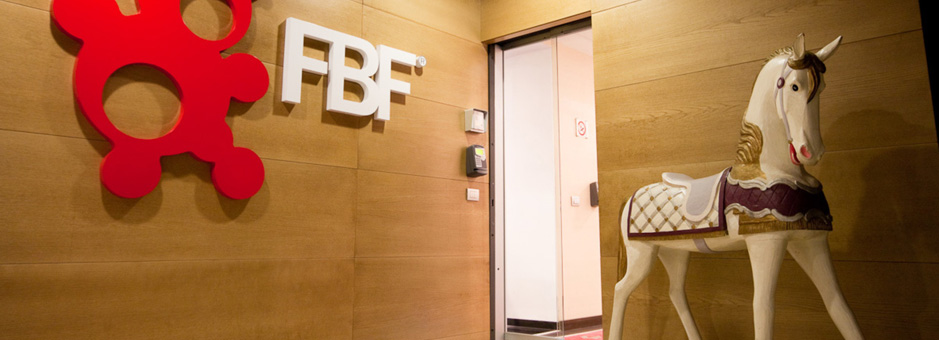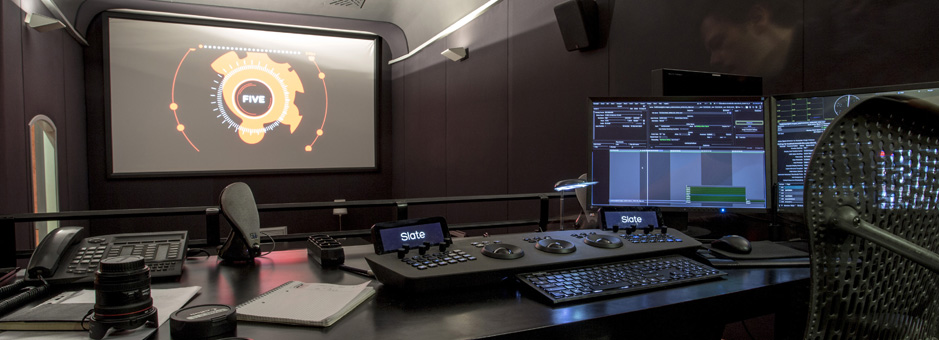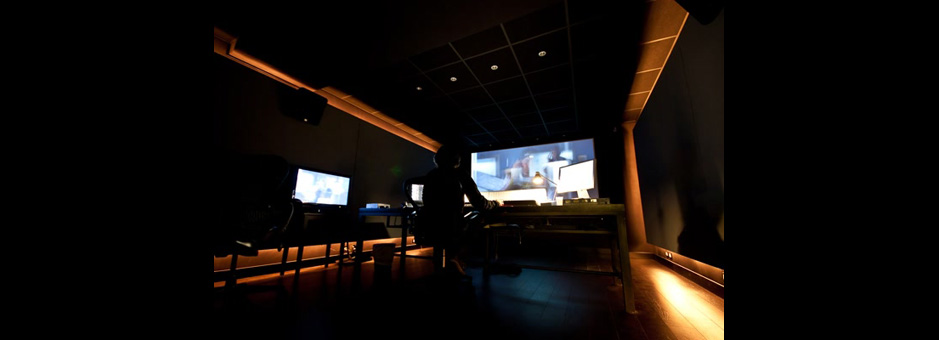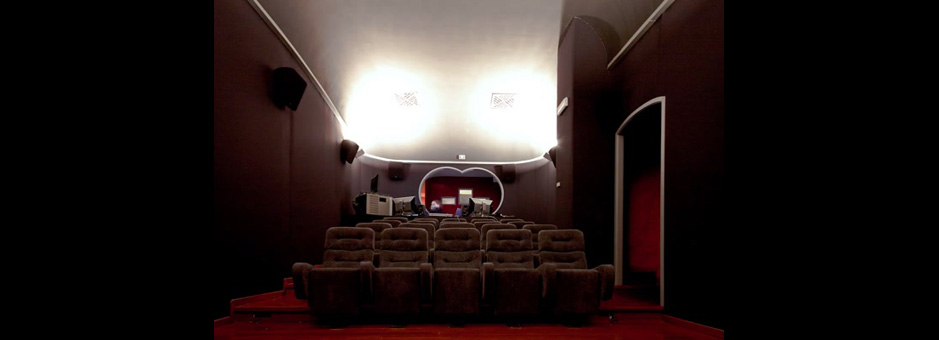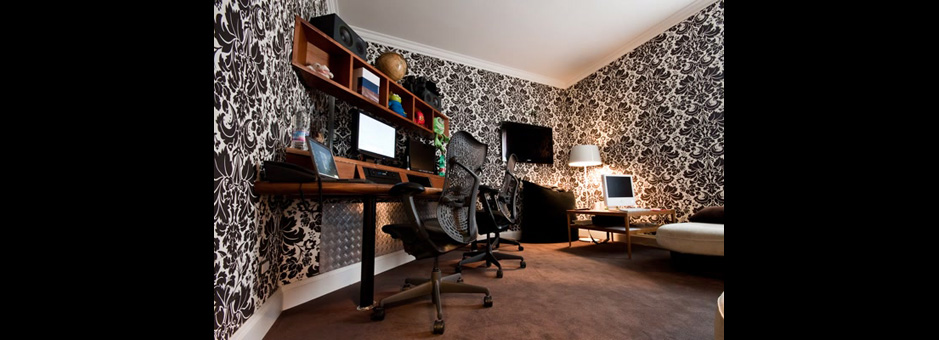Frame by Frame: 4K, ACES and creativity in colour
Located in the central business district of Rome, Frame by Frame is a well-established but very dynamic boutique post-house. Founded in 1992, it combines the traditional creative skills of the post house with cutting edge technologies: it was Italy’s first Netflix Preferred Vendor for media processing, and regards delivering for online platforms as important as all other outputs.
Business is shared between movies, television and advertising. The company can handle every part of the post process from dailies ingest through editorial and audio sweetening to finishing, and so it is frequently involved at the very start of a project, offering data workflow and colour science consultancy. A critical part of the process is grading, and for this Frame by Frame relies on the Baselight system.
According to CTO Walter Arrighetti, the technical underpinning of Baselight is as important as its creative toolset. “Colour management is finally approached the right way: scientifically, at the heart of its mathematical internals,” he said. “But it also provides an easy user experience, so complex colour space conversions are just a few clicks away.”
That is important, because the facility tries to work in native colour spaces whenever practical. Recent movies Chiamatemi Francesco (Call Me Francesco) and Perfetti Sconosciuti (Perfect Strangers) were graded in ARRI LogC, for example, to get the absolute best out of the raw image before colour space conversion to delivery formats.
Frame by Frame has also completed projects using ACES (Academy Color Encoding System) workflow but, as Arrighetti pointed out, it needs everyone to get behind the standard. “Some facilities we work with have yet to integrate it,” he said. “But we use it internally – blended with our own colour science – especially for projects using different cameras, and for integration with other post and VFX equipment whose colour science and workflow are not as flexible as FilmLight’s. I’ve personally been involved in the Academy’s work for many years now, sharing experience and exchanging inputs on ACES with their international experts team”.
Of the two Baselight systems at the facility, one is in a broadcast grading suite while the other is normally operated from the 20 seat, fully calibrated DI theatre. The theatre is set up to provide ideal viewing conditions for popular formats, including 4K as well as 2K, stereo 3D and HDR.
Asked if 4K and HDR are hot topics at the moment, Arrighetti was very enthusiastic. “They are the hottest topics, not just hot ones! Is Frame by Frame ready for it? Yes. Do clients want it? Yes.
“The main downside at the moment – apart from bandwidth of course – is that there isn’t a uniformly accepted definition of ‘4K’ and ‘HDR’. Some players using/supporting/distributing 4K content are up to speed, but there is not yet a consistent, robust value chain. We hope emerging standardisation will help, but we are already fully prepared.”
Connectivity and collaborative workflows are important to Frame by Frame. The facility is built around a core SAN, allowing projects to be shared and worked on simultaneously. Some of the Avids are fitted with Baselight Editions software, allowing the latest grade to be displayed in the edit suites and the editors to tweak grades in real time.
Frame by Frame’s engineers have also taken advantage of the flexibility of the FilmLight operating system to allow direct connections between the grading systems and other VFX and compositing tools, including Flame and Nuke. Together with FilmLight’s transparent media management, simple workflows can be established however complex the project.
With the unique integration of colour grading tools across editorial, VFX and finishing — using the renderless, metadata-based Baselight Linked Grade (BLG) workflow — Frame by Frame delivers on its promise of a colour-managed end-to-end pipeline.
“Frame by Frame is taking advantage of its years of experience in the business and its integration expertise, alongside advanced technology from companies like FilmLight, to come up with innovative and cost-effective ways to manage creative projects,” Arrighetti said. “Over the years, we have really seen it all. And yet projects are always different. They call for new solutions, and it thrills us to find innovative approaches throughout.”
But workflow counts for little if you cannot achieve the creative results you need. Senior colourist Christian Gazzi and his colleagues find Baselight delivers all the colour control and creativity they could ask for.
“Baselight is like a magician’s hat,” said Gazzi. “You add a bit of fantasy and anything can be pulled out of it.”
“We chose Baselight because of the completeness of its grading tools, with seamless real-time playback straight from any raw footage,” Arrighetti said. “But our colourists and editors tell me there are no technical limitations on what can be achieved artistically either.
“Every single grading operation is a layer, and partial results can be combined with each other for creative effects that are simply not possible with other tools,” he added. “FilmLight products offer the computational power and creative tools that allow the ‘wow’ factor at the heart of the workflow. And our customers are happy as well, because our colourists always meet the cinematographer’s intent with Baselight.”
“Baselight is like a magician’s hat.
You add a bit of fantasy and anything can be pulled out of it.”
Download
Frame by Frame Case Study (PDF)




